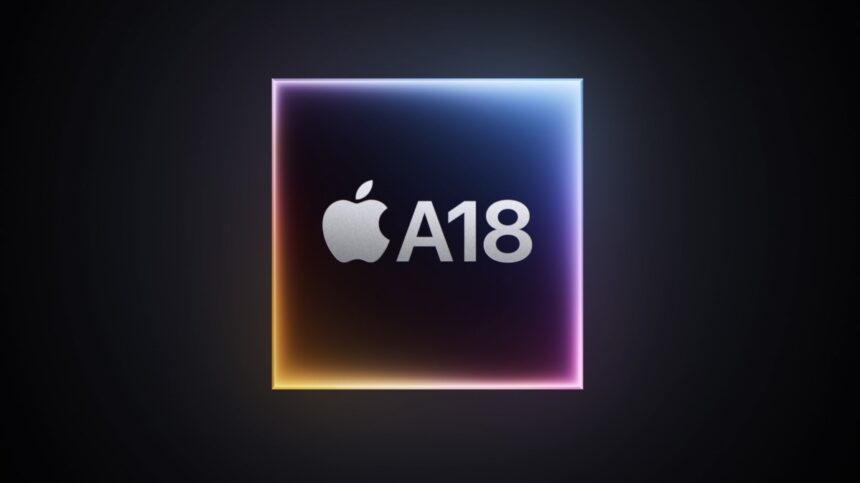Understanding the iPhone 16e and Its Unique Chipset
On Wednesday, Apple unveiled the much-anticipated iPhone 16e, drawing significant attention for its pricing strategy ($599, which is relatively affordable for a new iPhone, albeit still on the pricier side). The absence of MagSafe capabilities and the discontinuation of the Home button also sparked varying opinions among enthusiasts.
However, the most intriguing aspect of the iPhone 16e is arguably its A18 chip. At first glance, it might appear to be identical to the A18 chip integrated into the iPhone 16 and iPhone 16 Plus, leading many to assume that the performance metrics of the iPhone 16e would align closely with its higher-end counterparts. Nevertheless, it is important to note that these are not precisely the same components; the A18 in the iPhone 16e is classified as a “binned” chip.
What Defines a “Binned” Chip?
The term “binned” isn’t exclusive to Apple; it is a common practice among semiconductor manufacturers. Binning refers to the method used by manufacturers to categorize chips following their production. Given the intricate nature of chip manufacturing, it’s not unusual for chips produced in the same batch to show variations in performance levels. Quality checks are conducted during production, and those chips that do not meet the required standards are sorted out. These underperforming units are “binned”, and as a result, they are utilized for models that don’t demand top-tier specifications.
These binned chips can still deliver robust performance, often serving as the foundation for mid-range or entry-level devices. Manufacturers may deactivate specific cores in these chips to regulate performance, ensuring they meet a certain threshold. This is a strategy also employed by companies like Intel, which classifies its chips into performance tiers such as i5, i7, and i9. Apple similarly utilized binned A17 Pro chips for the iPad mini 7, and now, the iPhone 16e incorporates binned A18 chips.
Utilization of Binned A18s in the iPhone 16e
Apple manufactures a series of A18 chips that are intended for the iPhone 16 lineup. During quality assessments, some chips fall short of performance benchmarks and are not included in the iPhone 16 and iPhone 16 Plus shipments. Instead of discarding these chips completely, Apple has identified a new market for a cost-effective iPhone that sacrifices certain premium features while still attracting consumers.
This is where the binned A18 chips come into the picture. The iPhone 16e, while utilizing a “similar” chip to the A18 found in the iPhone 16 models, has inherent limitations due to its slightly diminished performance capacity. To manage this, Apple has deactivated one of the GPU cores; thus, while the CPU configuration remains consistent with six cores (two dedicated for performance and four for efficiency), the GPU in the iPhone 16e has four cores instead of the five available in its higher-end counterparts. This strategic decision is a direct result of the binning process.
Although the iPhone 16e isn’t slated for release until February 28, preliminary insights into its performance have emerged. MySmartPrice recently identified the device on Geekbench, revealing that it achieved a graphics score of 24,188, which is approximately 12.5% lower than the iPhone 16’s score of 27,668. While these figures are useful for comparisons, they do not capture how the device will perform in practical scenarios until comprehensive reviews become available.
Anticipating these outcomes, it seems that performance discrepancies will be relatively minimal. Given that the CPUs and NPUs are consistent across both devices, the iPhone 16e’s four GPU cores are sufficient for most applications. However, a slight variance may emerge during graphically intensive tasks, such as high-end gaming. Developers might be able to leverage the extra GPU core in the iPhone 16 to create a more demanding experience, potentially enhancing the longevity of the latter device as software progresses and becomes more complex.
Despite the additional core, the impact might not be significantly dramatic in day-to-day use. The rationale behind Apple’s decision to incorporate binned chips likely revolves more around cost efficiency rather than providing a noticeably inferior user experience.












